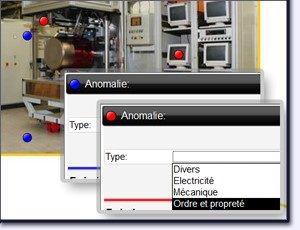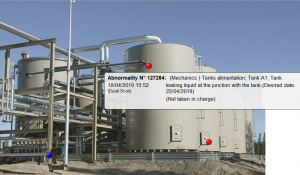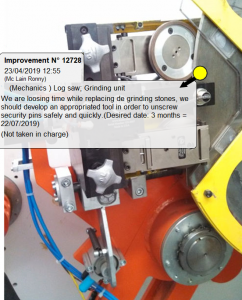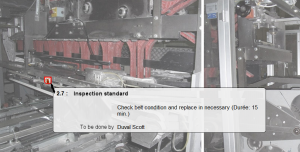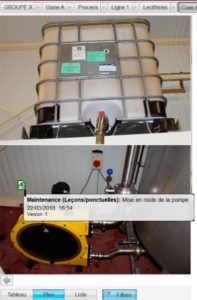Officially born in Japan in 1971, TPM (Total Productive Maintenance) is an evolution of methods of maintenance, especially U.S., attempting to improve the performance of equipment in a proactive and staff involvement Today the approach has grown from maintenance to production and management in general, the ultimate goal of improving economic performance of the company.
 EN
EN Fr
Fr



